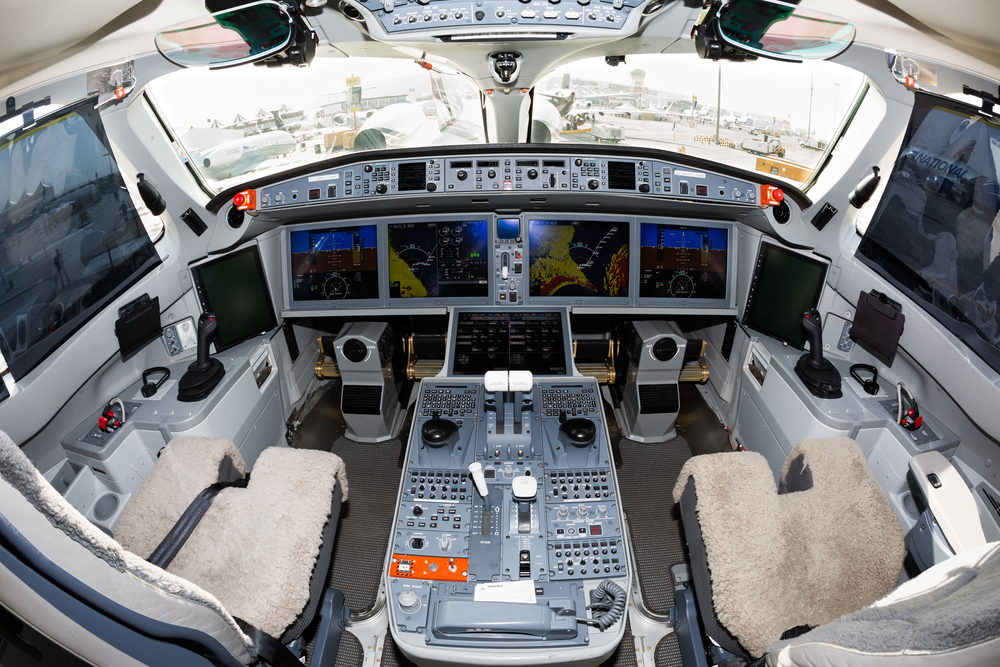The global aviation industry is striving to achieve net zero carbon emissions by 2050, via diverse strategies and a sharp focus on Sustainable Aviation Fuel (SAF). Meanwhile, some airlines are exploring the possibilities of electric aviation as a low-carbon solution to head towards a greener future. Completely shifting to SAF or a widespread use of electric planes may take more time and so airlines are now focusing on sustainability beyond operations. In this context, the area that offers feasible sustainable options is Maintenance, Repair and Overhaul (MRO).
Some of the key practices in the MRO sector such as the re-utilisation of major parts and components, material recycling, and waste reduction, offer immense scope for reducing the carbon footprint in the aviation sector. For instance, when an aircraft part needs replacement due to wear and tear or damage, the traditional practice is for the airline to purchase a new component from an original equipment manufacturer (OEM). This is where MRO can offer far greener solutions like purchasing a used serviceable part to fix the problem. The most common components which are being reused are high-value parts, including flight control systems, hydraulic systems, brakes, drums, avionics and even engines. The environmental benefits arising from recycling aircraft parts include the reduction of pollution, which is a key concern in the manufacturing of new components. Some key materials, including aluminum, steel, copper, and titanium, are expensive to produce, making upcycling an environmentally responsible option.
The Business Research Company, in its ‘Aircraft Recycling Global Market Report 2024’ that the aircraft recycling market size, valued at over USD 4.74 billion in 2023 is expected to reach USD 5.14 billion in 2024, at a CAGR of 8.3 %. One of the key factors that will drive this growth will be the increasing number of worn-out airplanes. According to the latest data provided by the Aircraft Recycling Association, more than 12,000 aircraft are likely to be recycled in the coming years.
Another key trend propelling sustainable practices is the growing acceptance of off-wing MRO. Unlike on-wing maintenance, where the engine is serviced while it remains attached to the aircraft, off-wing maintenance involves removing the engine from the aircraft and transporting it to a repair facility for servicing. The off-wing MRO is helping airlines improve their environmental performance, mainly by reducing the amount of fuel consumed by aircraft during maintenance, along with the waste likely to be generated.
While promoting reuse in MRO, it is also necessary to keep in mind that used parts cannot guarantee the quality of virgin components. Hence, it is necessary to ensure that each part is carefully inspected, tested, and evaluated for its condition and serviceability. It is also imperative to properly dispose of or recycle parts in keeping with environmental regulations if they are not economically viable.
To sum up, the aviation MRO sector is expected to integrate more waste reduction and recycling practices into its practices in the coming years. Shortly, we will also witness coordinated efforts from various stakeholders, including leading MROs, airlines and suppliers, to weave efficiency with long-term sustainability.
Jaideep Mirchandani, Chairman of global aviation conglomerate, Sky One



